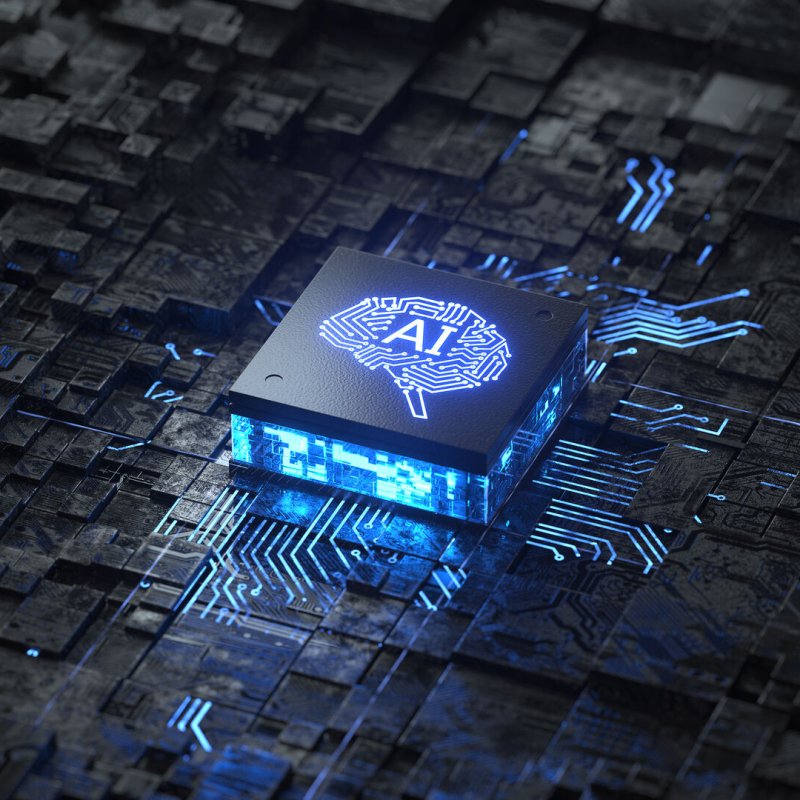How Can Robots Become More Independent and Autonomous?
The future of artificial intelligence (AI) and robotics is certainly looking bright. Every day, new technologies are being pioneered, developed and introduced to unlock the potential of automation across many industry sectors. There’s an evident rise in the use of autonomous mobile robots (AMRs) as a result.
The use of robots is accelerating at a fast pace. Advancements in the technology mean robots are becoming more autonomous and are able to deliver better solutions in the face of consumer demands, helping to solve staff shortages and allowing companies to use human staff more effectively.
In this blog post, we delve deeper into how robots are evolving, and the autonomous features that are paving the way to better productivity, flexibility, scalability and safety throughout organisations big and small.
The Rise of the Robots in Industry
The rise of robots in industrial and commercial settings is no new thing. Automated systems like computerised assistants and self-serving cashiers are already widely used throughout the service sector. Whilst AMRs are increasing productivity and throughput on the production lines of warehouses and factories across many fields.
In the manufacturing industry in particular, robot density is at its highest level globally, with speed, affordability and intelligence improving the sector year-on-year. According to a recent PwC report, i, and this figure is growing.
Manufacturers are using AMRs independently to strengthen their warehouse management systems as well as combining human workers and robots to create the most advanced workplaces we’ve ever seen.
Is the robotics industry growing?
The uptake of AMRs across various settings has resulted in dramatic growth for the robotics industry. The future of AMRs is here, and with free AMR trials like ours, organisations can introduce and integrate automated systems thoughtfully, effectively, efficiently and affordably. The fact that robots are becoming more autonomous is only increasing their use.
Many studies have been conducted to define the scale of the growth of robotics. One such study by the International Federation of Robotics (IFR) found that there were 85 industrial robots per 10,000 manufacturing workers in 2017, a figure that increased from 66 in just two years.
With the challenges and worker shortages so many industry sectors faced during and after the Covid-19 pandemic (especially in the realm of manual, repetitive job roles), the proportion of robots to workers is expected to be much, much higher in the future. There’s even talk of a ‘fourth industrial revolution’ with robots becoming more autonomous and essential to each and every sector they serve.
The Development of Robotics and the Future
How have robots changed over time?
Whilst often viewed as a futuristic notion, the first robot was actually introduced in the 1960s after decades of conceptualisation. In a world-first, SRI International’s ‘Shakey the Robot’ made its big debut, and this represented a major step forward for robotics and automation.
Since Shakey’s introduction, robots evolved further becoming more and more advanced and autonomous with every new attempt, and so the future of AMRs was cemented. Manufacturers like Honda went onto shape the future of AMRs in particular with the foundation of their humanoid robotics program. Other large companies then began to enter the world of robotics and create their own pioneering projects.
With robots becoming more autonomous and independent, the robotics industry began to look beyond what robots could do better (and faster) than human workers. The new focus was how AMRs could work together in teams and even collaborate with humans to drive results and minimise downtime.
Known as the ‘swarm effect’, robot teams consist of a robot with a bigger ‘brain’ controlling a wider team of ‘smaller-brained’ mobile robots to deliver the coordination and cooperation that can accomplish certain tasks more efficiently. The swarm-like application of AMRs as well as the ‘cobots’ that bring robots and humans together has since snowballed, but what does this mean for robots in the future?
What will robots look like in the future?
What robots in the future will look like both aesthetically and in terms of their functionality and capabilities is always a hot topic. With robots becoming more autonomous and able to operate independently or with human or robotic assistance, the possibilities are endless when considering the future of AMRs.
As industries evolve to integrate more automated solutions so too are robots, and it is a subject of much excitement and concern. Many people fear that robots will go onto replace human workers to enable companies to capitalise on complete autonomy and lower costs. Despite a decline in manual jobs being predicted in the next decade, it is important to acknowledge that whilst AMRs are great, there are some tasks they will not be capable of.
The very real prospect that robots will become too independent and free-thinking is another major concern, especially when considering how robots are evolving in some robotics programs. With this in mind, it’s expected that robots in the future will be governed by more regulation, particularly in the dominion of AI development.
Despite these concerns, it’s already evident that the robotics industry is moving away from the development of humanoids with human-like features to advance robots with more practical purposes, like unmanned aerial vehicles (or drones) and AMRs.
What Types of Robots Does Guidance Automation Develop?
Like the robotics industry, we firmly believe that the future of AMRs is all about the efficiency, productivity and practicality such systems can bring to industry. It is our mission to help you work smarter. With this in mind, we develop robots that can work independently to help reduce repetitive, unproductive tasks for the workforce as well as cultivate collaborative AMRs that enhance existing teams and operations.
Our AMRs are already making a huge difference to the organisations they serve, reducing the time operatives spend travelling across the production floor, lowering errors, and optimising throughput with more intelligent solutions. Our AMRs are helping teams to focus on value-added activities and meet fluctuating demands without disruptive infrastructure changes.
We bring a series of AMRs to the market to make all these advantages possible. We are designing manufacturing and delivering a range of bespoke modules for a variety of applications.
Our Beacon Laser Navigation System is also a key offering. Providing the world’s most precise navigation system for autonomous mobile robots, Beacon delivers pinpoint accuracy, self-survey, and fast and easy commissioning, and it’s great for organisations looking to unlock automation across large areas.
We’ve been developing autonomous mobile robot technologies for over 30 years, and continue to be at the cutting edge of their use in business to shape the very future of AMRs as we know it.
Conclusions about the Future of Robots
With the correct regulation and expert development, robots in the future will play a bigger part than ever becoming integral both in industry and our everyday lives. The world of robotics has already gone from strength to strength, with the development of AI leading to robots becoming more autonomous with great results.
With how robots are evolving so far, the future of AMRs has so much potential. But remember, the development of robots is as much down to the organisations adopting robotics as it is the innovators making them.
Organisations have to be bolder and embrace the future of AMRs with confidence to aid the development of automated systems. The manufacturing industry in particular is at the heart of the next wave of automation, with robots in the future set to have the features that could revolutionise workplaces and their workers.
Getting robot ready now is a great way to support automation both in the short and long term, as well as transform your business for the better.
The future of AMRs is waiting, so don’t delay, request your free autonomous mobile robot trial today.




